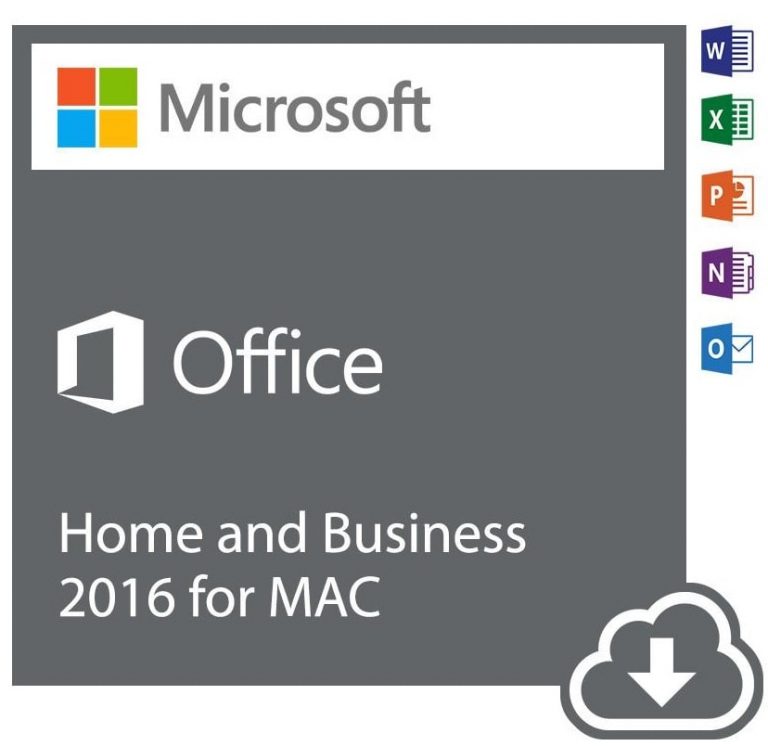

It’s a hybrid (of sorts) between the desktop version and the free web apps. Office 365 is a subscription-based plan that offers Office functionality in the cloud. You’ll use Web Apps to view and edit files on devices that don’t have Office installed. Office Web Apps is a free and limited Internet version of Office that’s integrated with SkyDrive. Office 365 and Office Web Apps are recent additions to the family.

Most of us have been using the desktop version for years. TechRepublic Premium editorial calendar: IT policies, checklists, toolkits, and research for download Get Microsoft Office Pro and lifetime access to 5 top apps for $59.99 The three faces of Office What's hot at TechRepublicĨ best HR analytics tools and software for your business in 2023 SEE: Cost comparison tool: Google Apps vs. You can also store files locally your files belong to you. If you want to access files from different locations or devices that don’t have Office, this works to your advantage. When working with Office 365 files, you upload and synchronize files with Windows SkyDrive (Microsoft’s cloud). The cloud is an industry term for an off-site file hosting service. IT consultants will probably know all of the technical points in this article, but you might find some new arguments both for and against moving to Office 365. If you decide that Office 365 might be the right step for your organization, be sure to read 10 things you should know about moving to Office 365 by Brien Posey. You’ll connect via the internet, set up an account, make payment, download the appropriate files, and go to work. Office 365 is Microsoft’s cloud version of Office. There’s been a lot of hype about Office 365, and you might be considering it for yourself, your clients, or your organization. If you're thinking about it, here are the basic facts you need to know before you buy in. Office 365 can be a good fit in certain circumstances. 10+ things you should know before buying Office 365


 0 kommentar(er)
0 kommentar(er)
